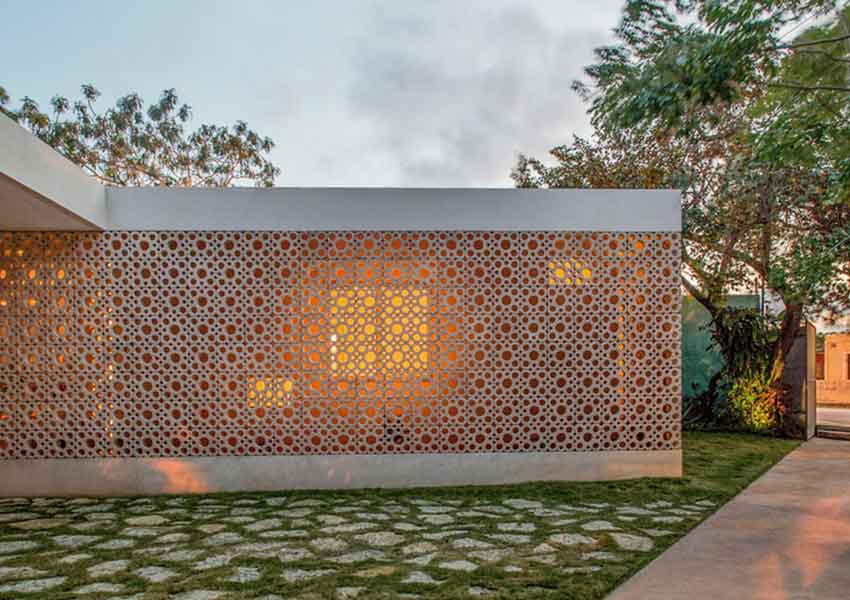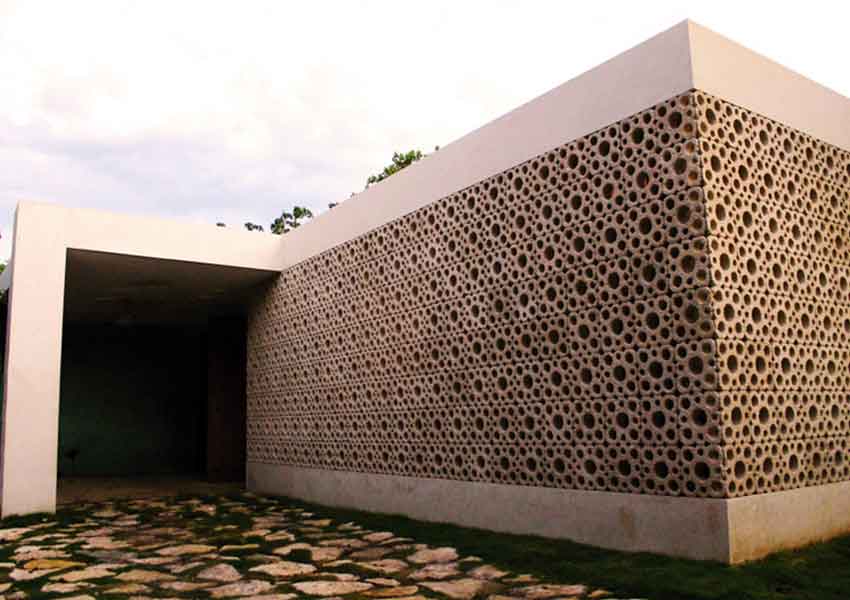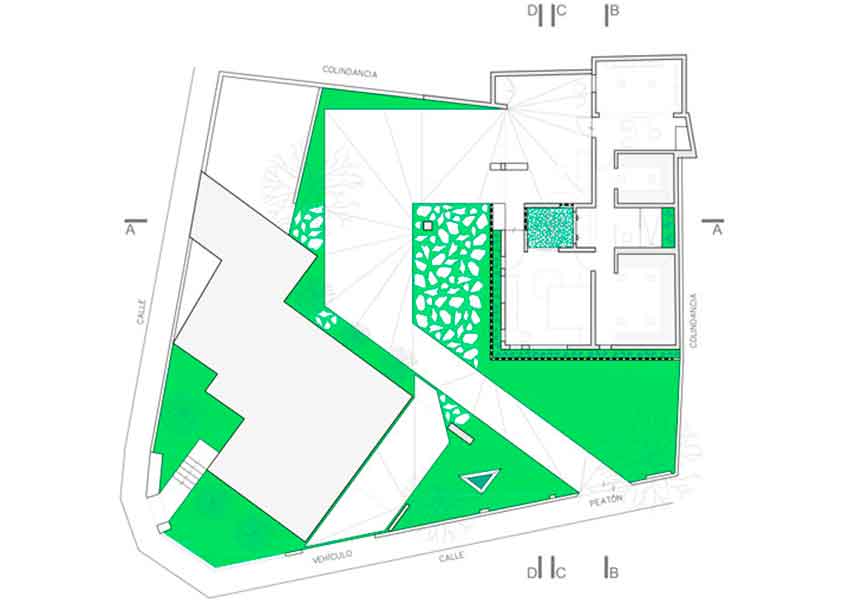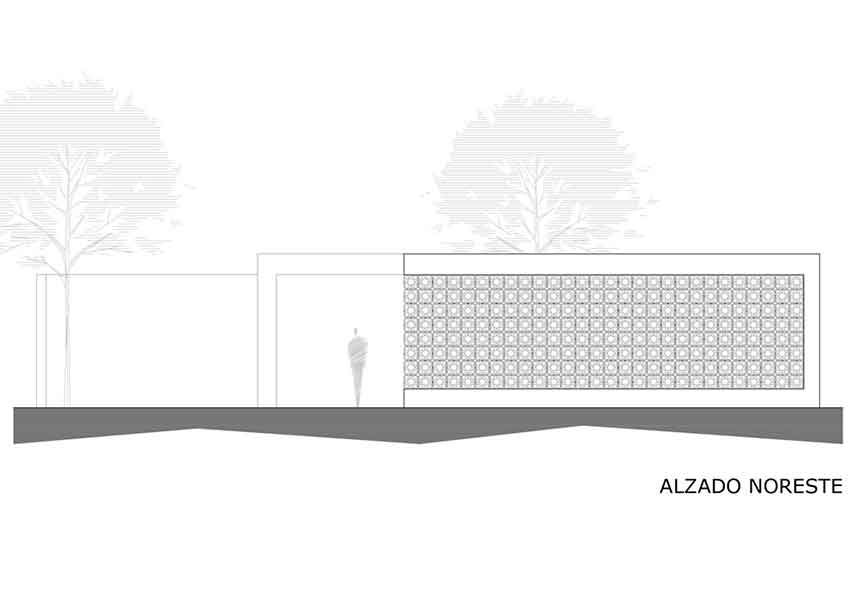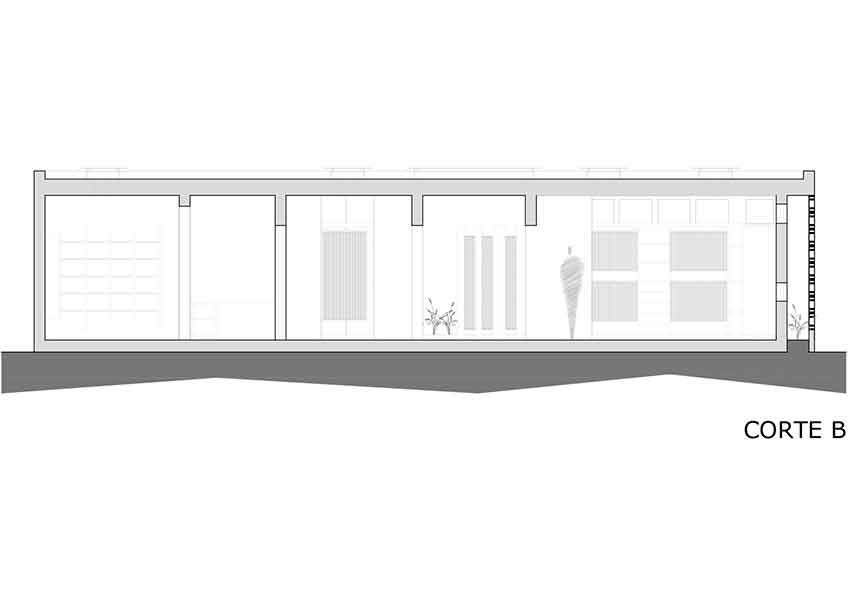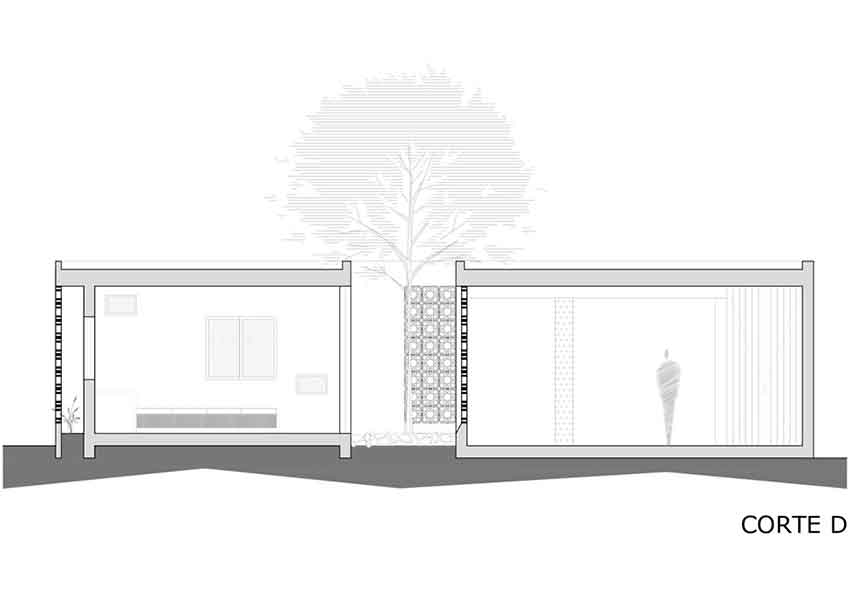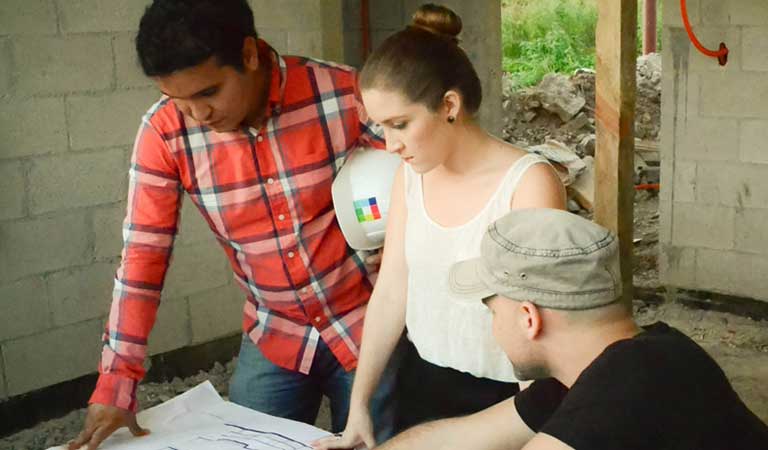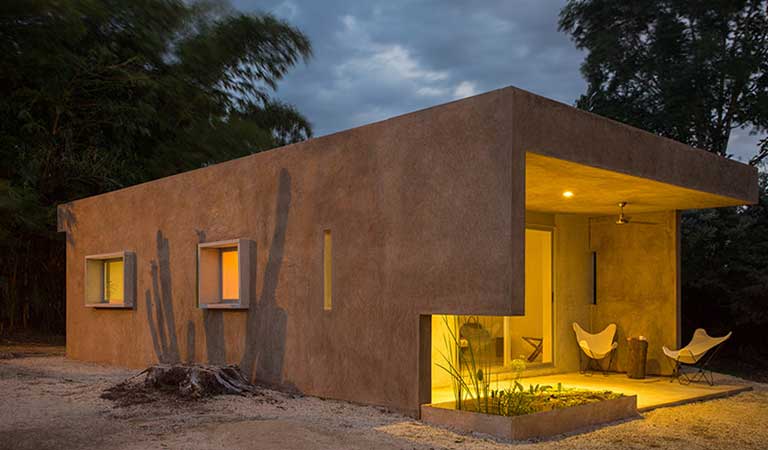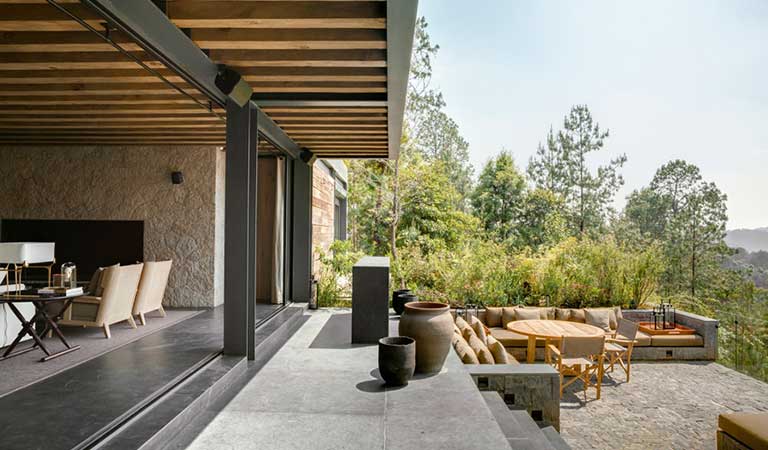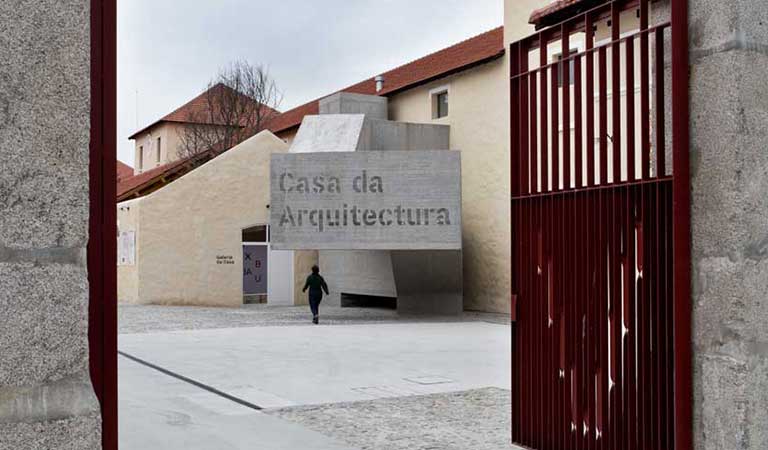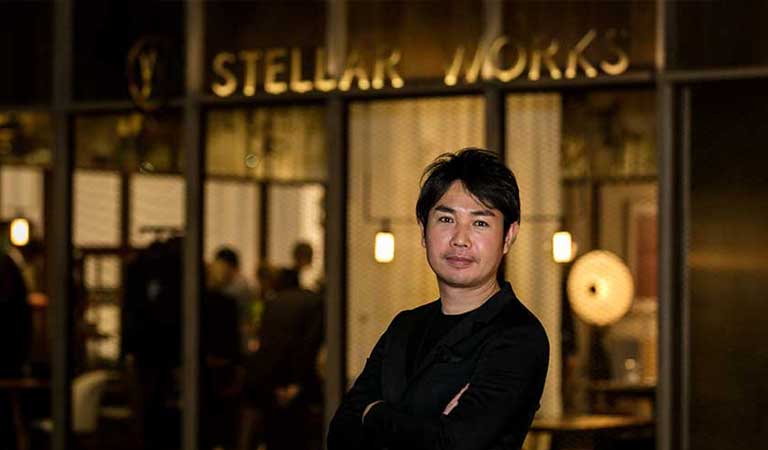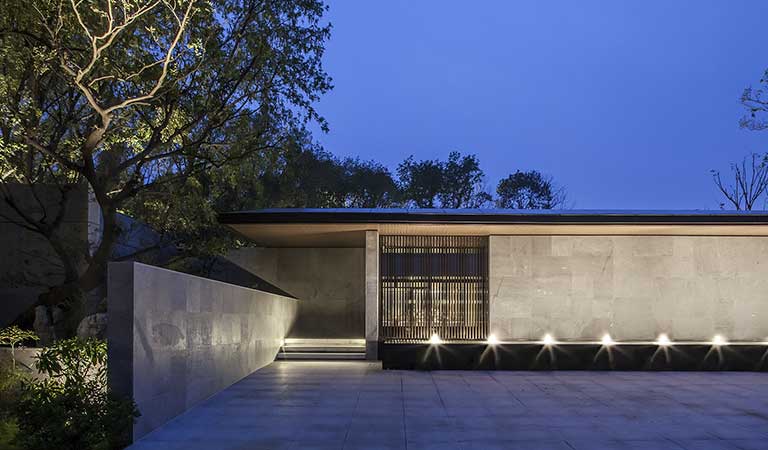TACO - taller de arquitectura contextual
Pabellón 3E
— Taco's description —
Pabellón 3E is the result of an architectural intervention of a satellite edification construction of 140 square meters, located inside a residential home from the sixties in one of the first neighborhoods outside of the historic downtown area in the city of Mérida, Yucatán, Mexico.
Such satellite edification, 40 years ago, was part of the neighbor’s property, and the owners acquired it in order to modify it as bedrooms for their large family. Over the years, these rooms became guest-rooms, and given the advanced age of the owners, their difficulty managing stairs and lack of ground floor rooms in the main house, the decision to modify the development was taken in order to create optimal conditions for habitability with minimal financial resources.Therefor the project does not handle extensions and is strictly defined by the preexisting ones.
The intervention strategy consisted of reorganizing the existing spaces, the dignity and ranking of the building, and the connection between the pavilion, the main house and the city itself.
The architectural program includes a bedroom, a bathroom, two walk-in closets, an office with separate entrance and a multifunctional terrace for meetings that could also serve as a reception area, living room and kitchenette-bar. In the functional scheme, this terrace introduces you to the access of the private and public areas, which also welcomes you to a new interior garden that was created from a subtraction of the original construction. Such area serves you as a pivot for the smooth circulation between the new spaces.
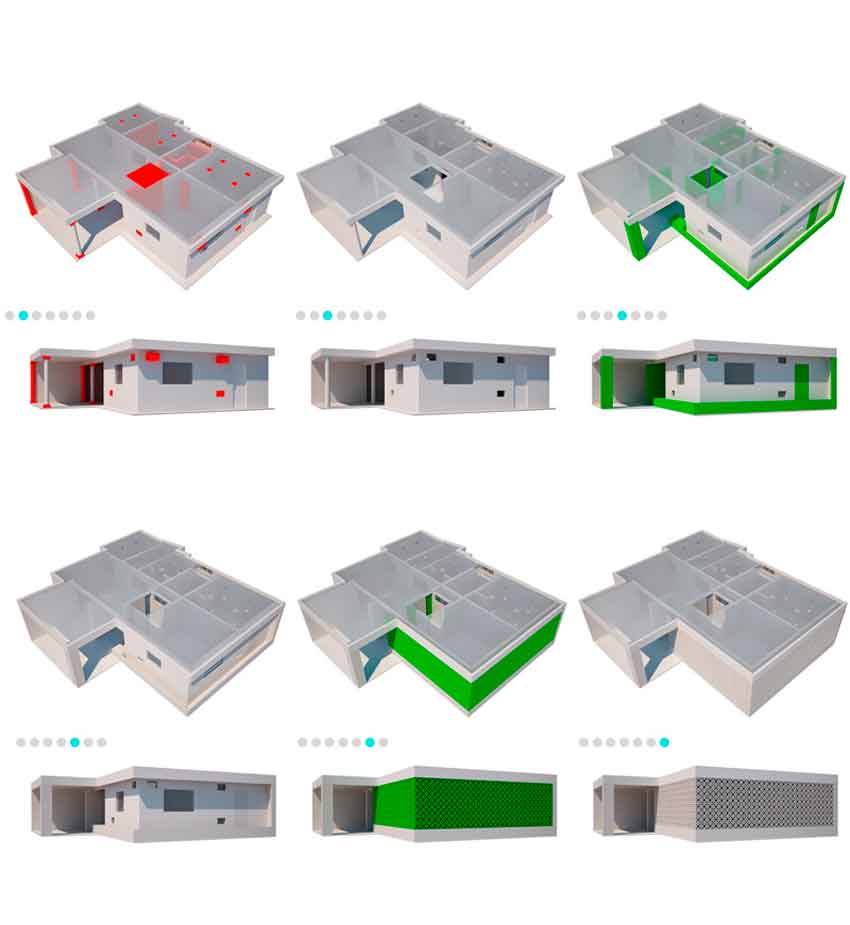
Pabellón 3E - Renovation scheme
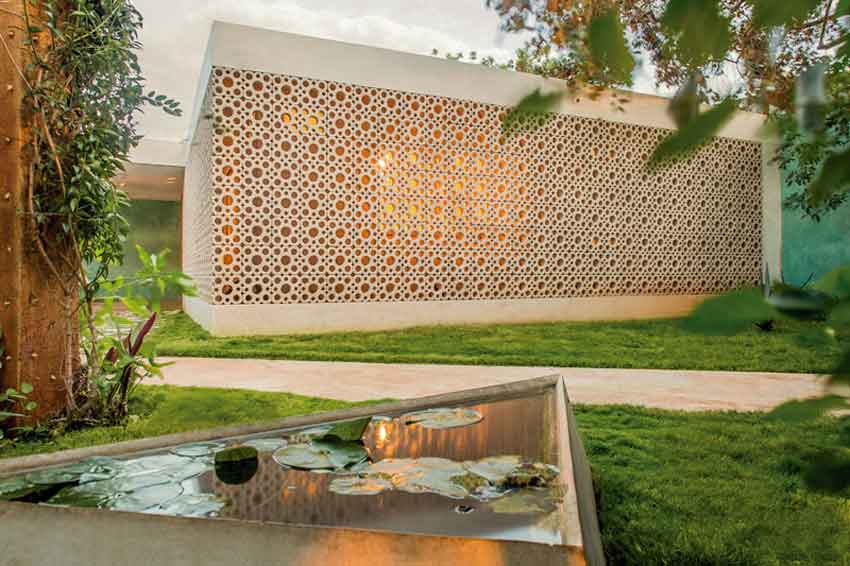
Pabellón 3E - © Leo Espinosa
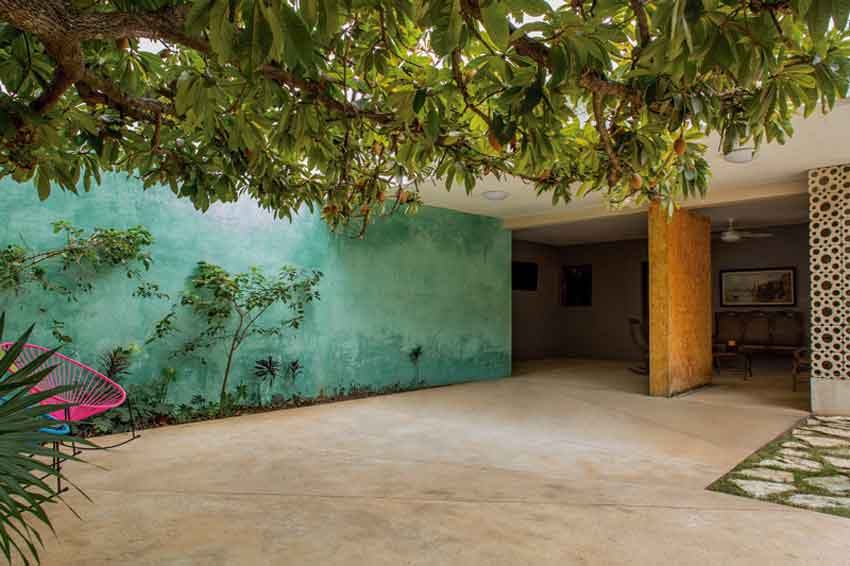
Pabellón 3E - © Leo Espinosa
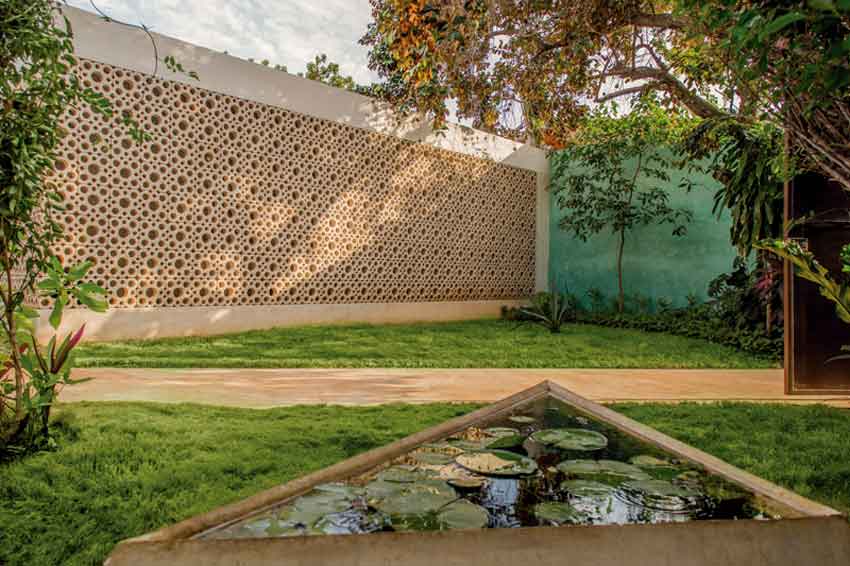
Pabellón 3E - © Leo Espinosa
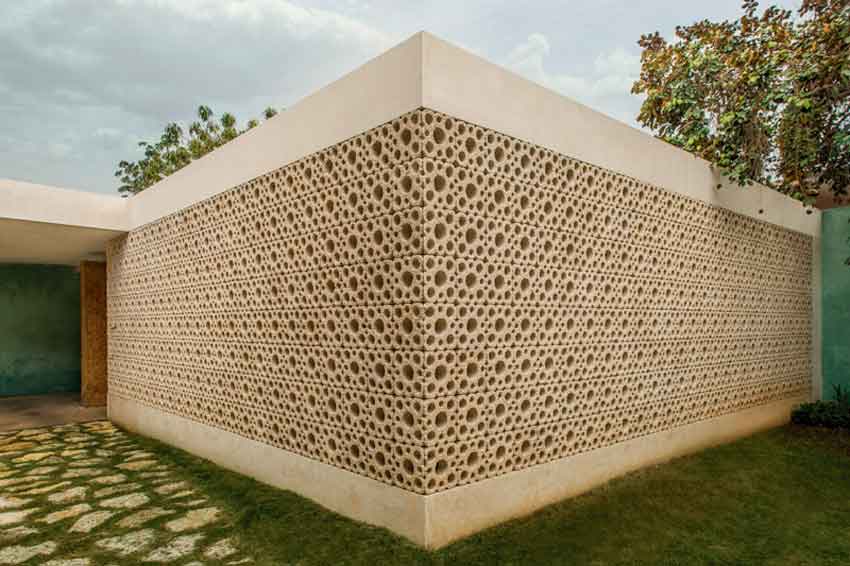
Pabellón 3E - © Leo Espinosa
In the analysis of the existing building, were identified elements which enable the implementation of a double skin facade which integrates the building and offers thermal comfort, privacy and security. The second skin is a lattice of compressed cement made with discontinued molds from the sixties, but involving the same mixture used to flatten the new surfaces, which is based mostly on white cement, so you can see the same material with different textures all through the building.
The modification of the building involved a rethinking of the way in which it related to the main house, where the kitchen and formal social areas are maintained, as well as accessibility from the street.
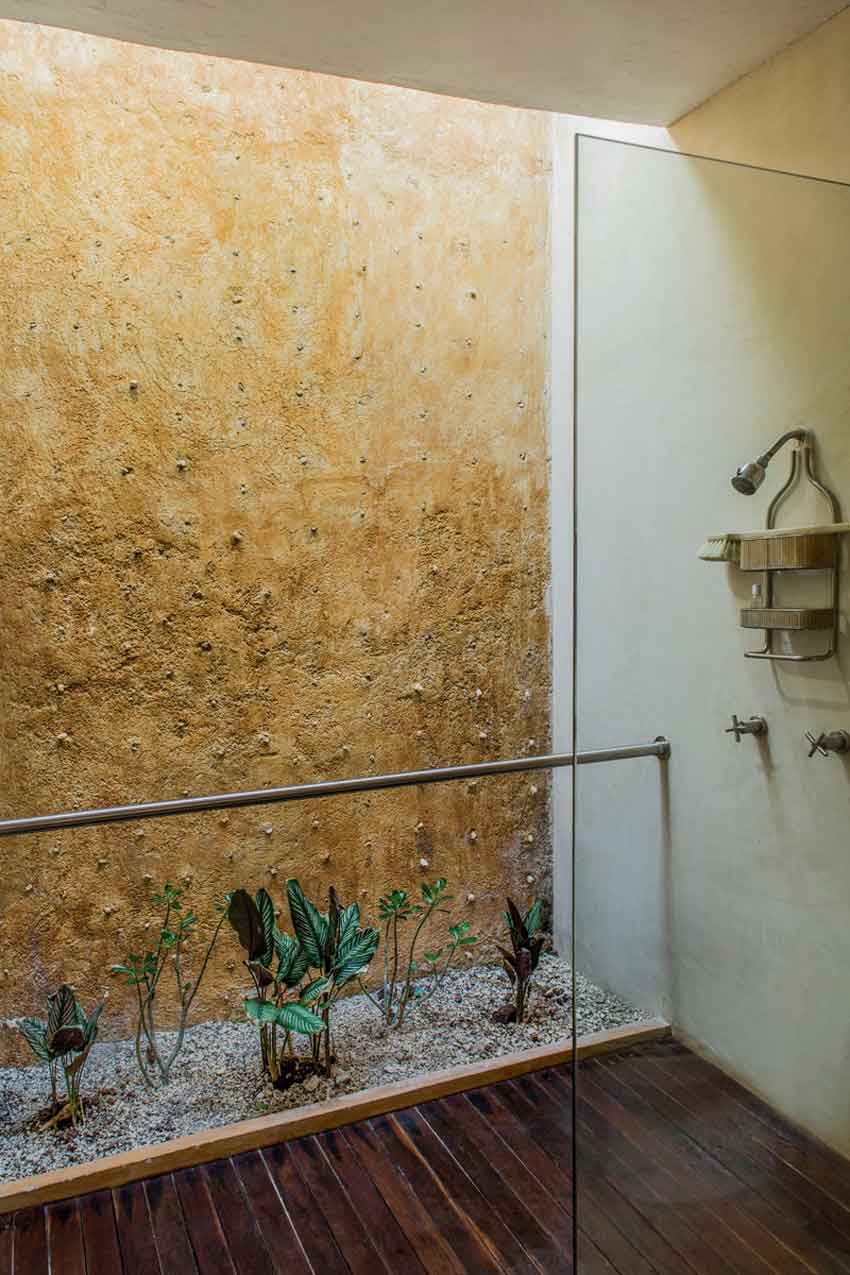
Pabellón 3E - © Leo Espinosa
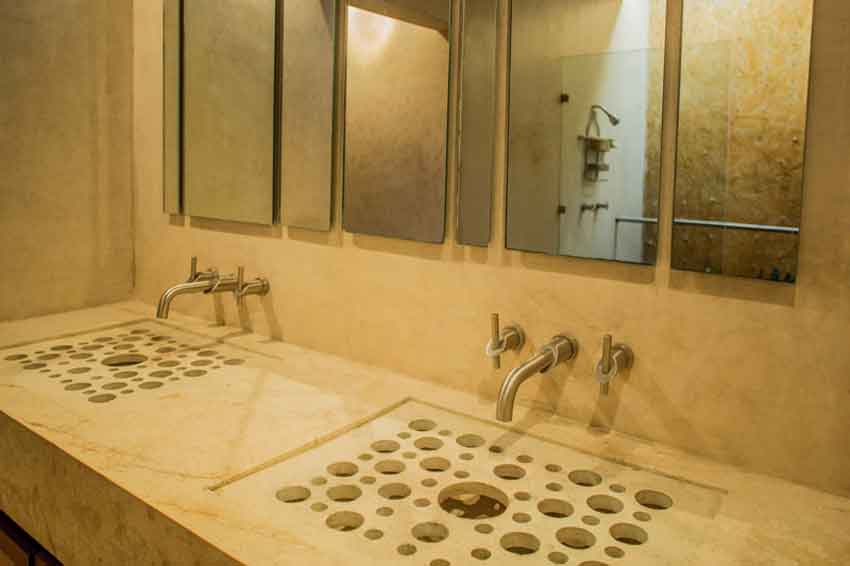
Pabellón 3E - © Leo Espinosa
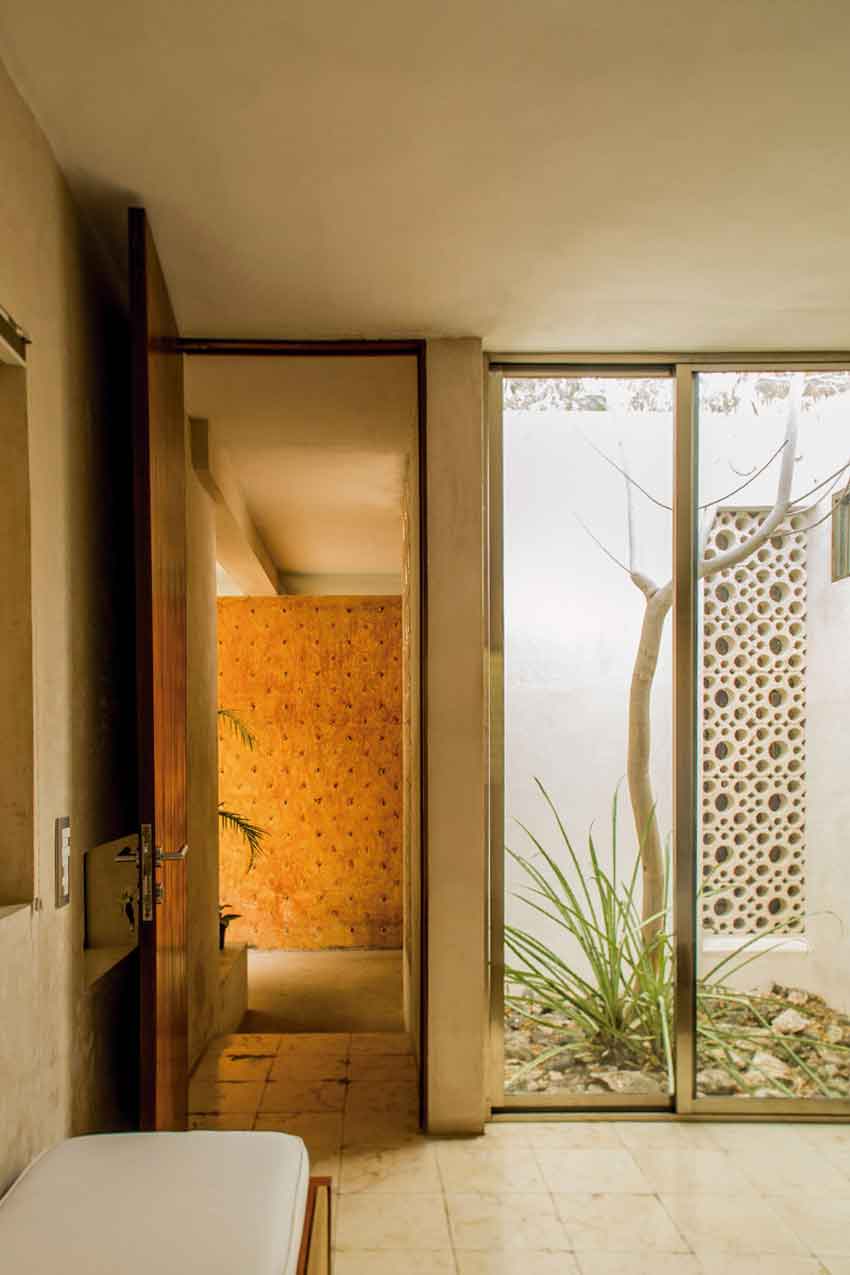
Pabellón 3E - © Leo Espinosa
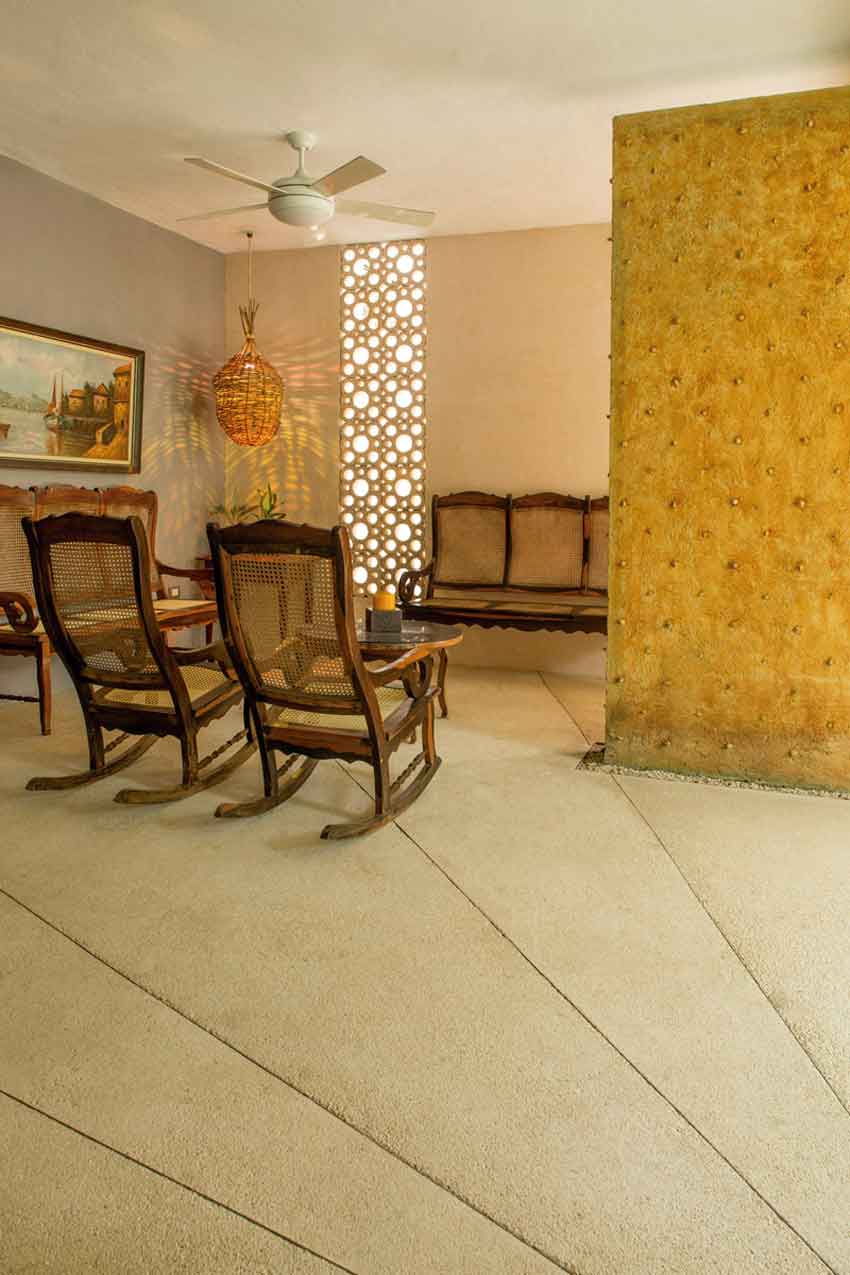
Pabellón 3E - © Leo Espinosa
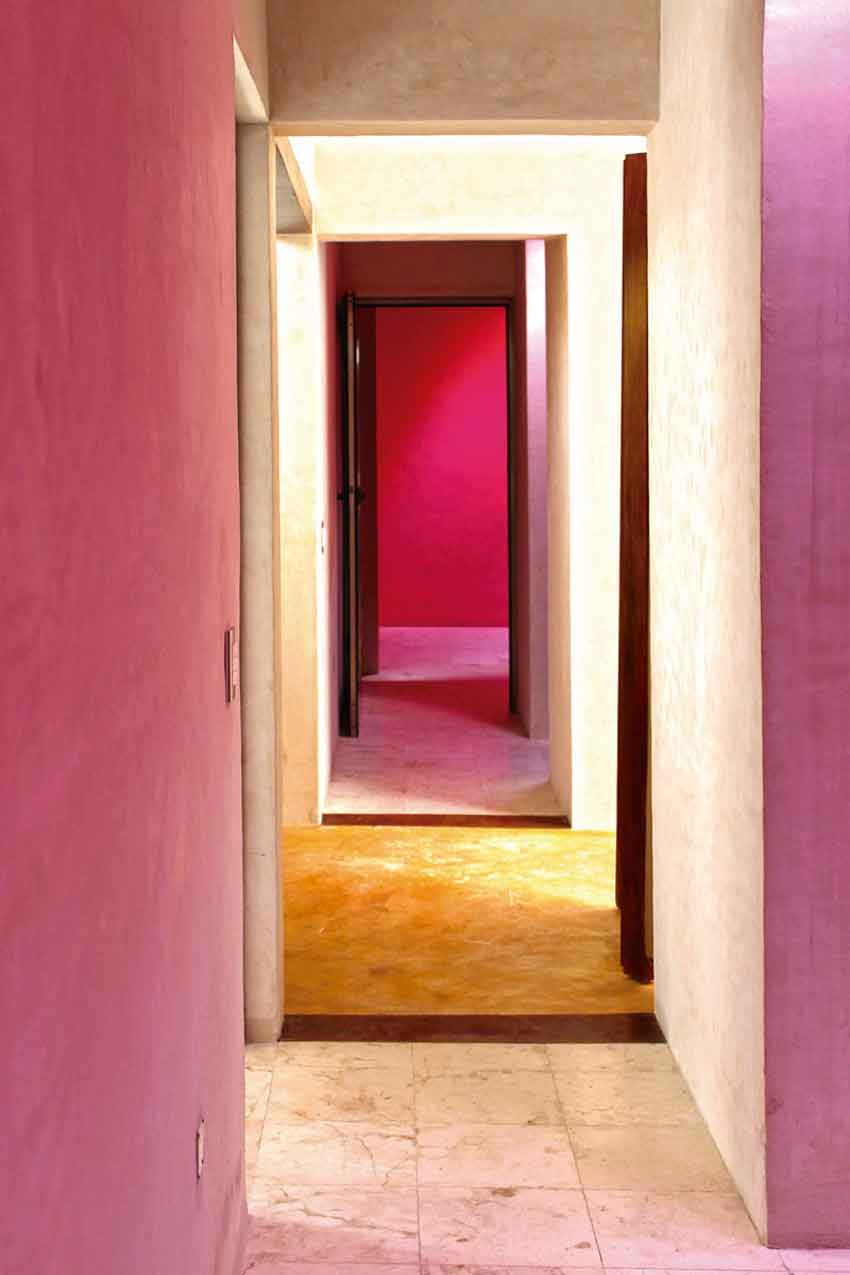
Pabellón 3E - © Carlos Patrón
A new pedestrian access that could easily be identified from outside the property was created, and through it, you come to a square surrounded by greenery where the main house and pavilion converges.
The outdoor work project triples the surface of green areas, because the opened spaces were almost entirely paved.
To reduce maintenance, materials with apparent finishes, integrated pigments and oxides were used.
The link to the region is emphasized throughout the intervention with the use of local materials, the introduction of native vegetation and the selection of textures and colors associated with the local culture, among other things.
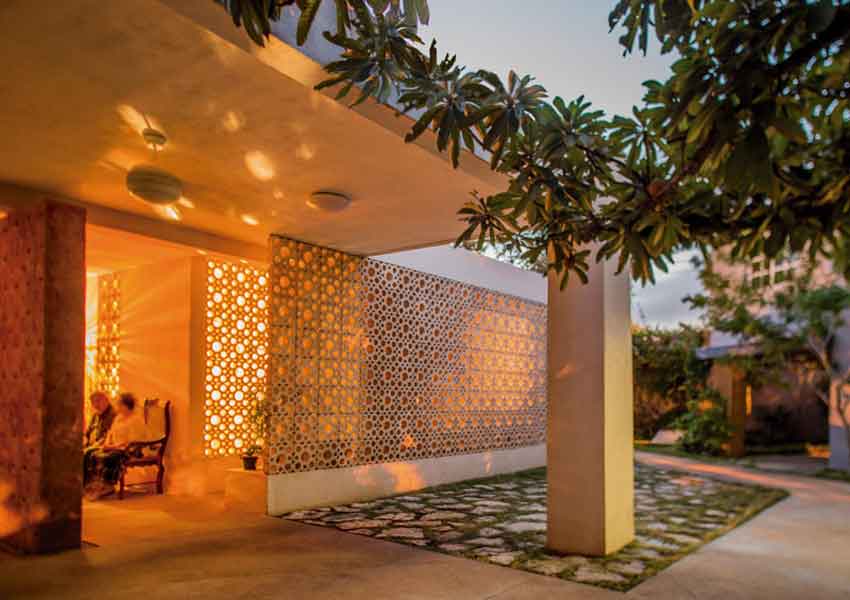
Pabellón 3E - © Leo Espinosa
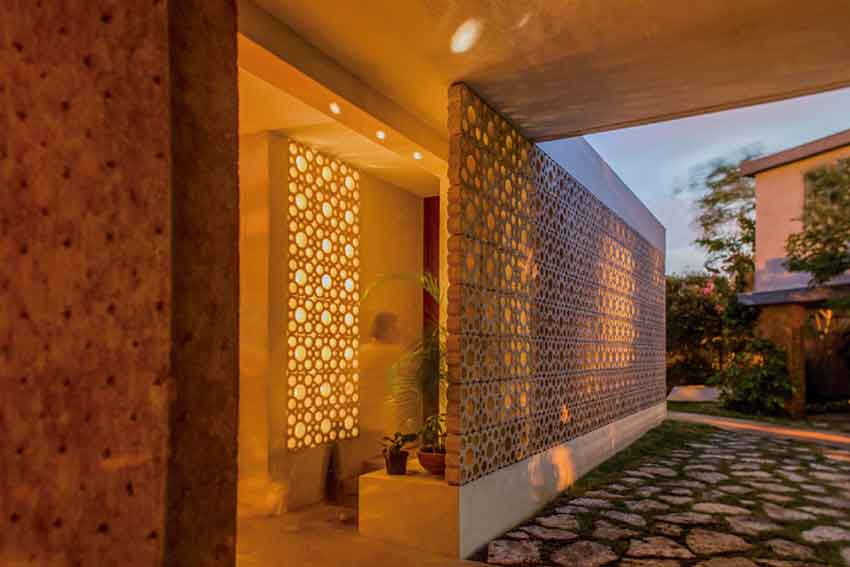
Pabellón 3E - © Leo Espinosa
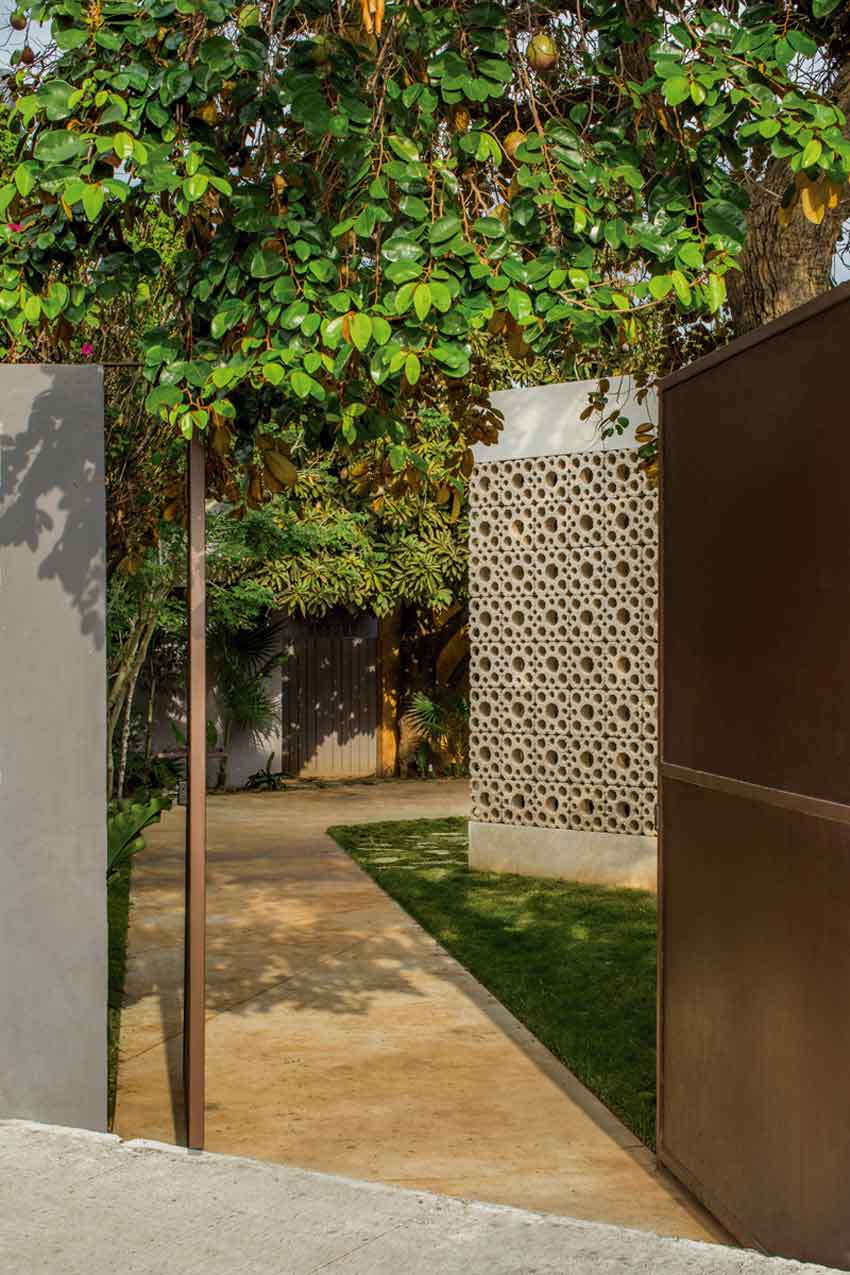
Pabellón 3E - © Leo Espinosa
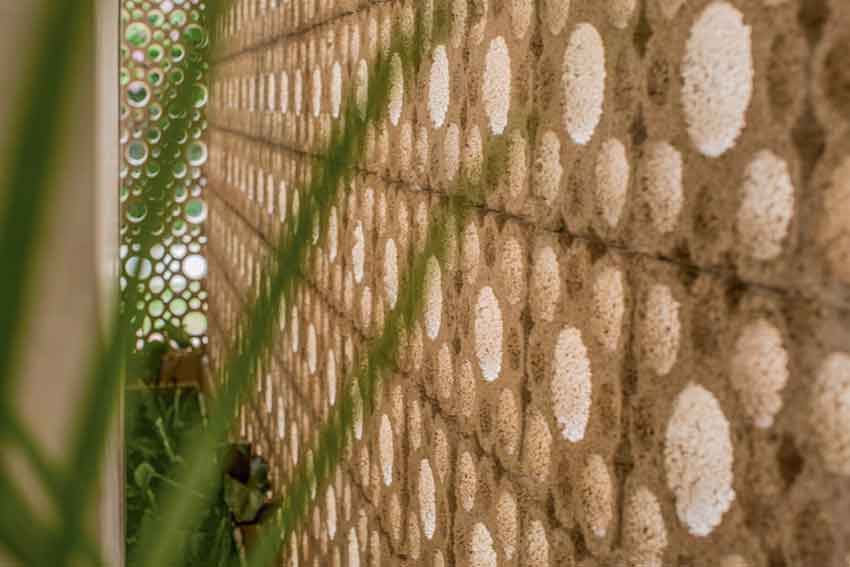
Pabellón 3E - © Leo Espinosa
